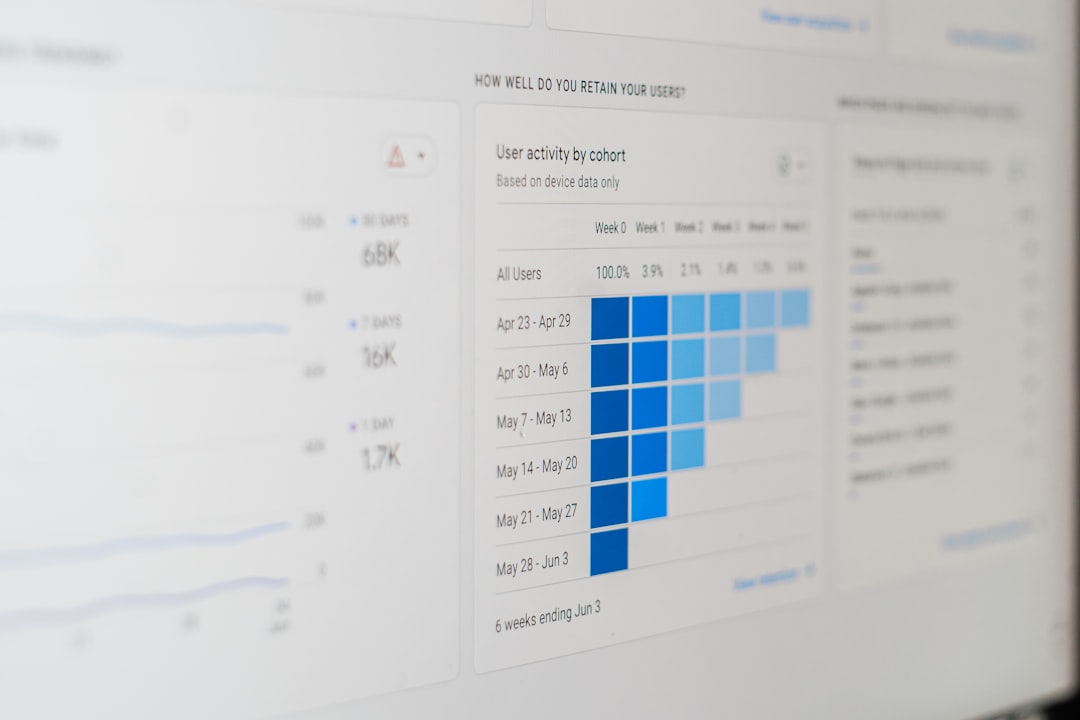In a rapidly evolving marketplace, retailers face constant pressure to stay ahead of competitors and meet ever-changing consumer demands. With the explosion of digital data, businesses are now turning to big data analytics to gain a competitive advantage and make smarter decisions. From personalized customer experiences to optimized supply chains, big data is reshaping retail as we know it.
Big data refers to the vast volumes of structured and unstructured information generated every second from online transactions, customer interactions, social media, smart devices, and more. Through sophisticated analytics techniques, retailers are now scanning, processing, and interpreting this data to extract meaningful insights that were previously unattainable.
Personalized Customer Experiences
Retailers are increasingly using big data to understand customer behavior, preferences, and buying patterns on an individual level. Gone are the days of one-size-fits-all marketing. With the help of machine learning models and predictive analytics, companies can anticipate what a customer wants even before they know it themselves.
For instance, by analyzing browsing history, transaction data, and even social media activity, businesses can deliver personalized product recommendations, dynamic pricing, and targeted promotions. This not only improves the shopping experience but also increases customer loyalty and conversion rates.

Inventory and Supply Chain Optimization
Efficient inventory management is a cornerstone of retail success. Big data analytics helps retailers forecast demand more accurately, identify popular products, and avoid both overstocking and stockouts. By leveraging real-time sales data combined with historical trends, weather patterns, and regional buying behaviors, companies are transforming how they manage their supply chains.
This responsive approach allows businesses to fine-tune logistics, reduce waste, and lower operational costs — ultimately keeping them one step ahead in a highly competitive market.
Improving In-Store Experience
Brick-and-mortar still plays a vital role in modern retail strategy. Through the deployment of sensors, Wi-Fi tracking, and point-of-sale systems, retailers can gather data on how customers interact within physical stores. Analyzing foot traffic patterns, dwell time, and product touch points helps store managers optimize layouts and product placement for maximum impact.
Additionally, workforce analytics can inform staffing levels based on expected store traffic, ensuring better customer service while minimizing labor costs.

Fraud Detection and Risk Management
Big data also plays a crucial role in maintaining financial and operational security. With advanced algorithms, retailers can detect anomalies in transactions that may indicate fraud – such as unusual purchasing patterns or location inconsistencies. Preventive actions can then be taken in real time, safeguarding both the company and its customers.
Furthermore, credit risk assessments and operational forecasting help retailers mitigate financial risks and navigate changing market conditions with greater confidence.
Customer Feedback and Sentiment Analysis
Feedback from consumers can be a goldmine of insights if interpreted correctly. Retailers are now turning to natural language processing and sentiment analysis to sift through reviews, social media comments, and support tickets. This helps them identify trends, track brand perception, and understand customer pain points, all of which can drive improvements in products and services.
By listening actively to their customers through data, companies can innovate faster and align their offerings more closely with market needs.
Key Big Data Techniques Used in Retail
Here are some of the top analytics techniques that retailers are leveraging today:
- Predictive Analytics: Used to forecast purchasing behavior and demand trends.
- Machine Learning: Enables automated recommendation systems and dynamic pricing models.
- Cluster Analysis: Groups customers based on shared characteristics for targeted marketing efforts.
- Real-time Analytics: Provides instant insights for time-sensitive decision-making.
- Geo-analytics: Helps identify regional preferences and optimize store locations.
Looking Ahead
The future of retail is undeniably data-driven. As technologies evolve and data sources continue to multiply, the ability to harness big data will serve as a defining factor between market leaders and laggards. Retailers that embrace analytics not only improve operational efficiency but also create richer, more engaging customer experiences that drive long-term growth.
In this digital age, data is more than just numbers — it’s a strategic asset that holds the key to innovation, agility, and sustained competitive advantage.







